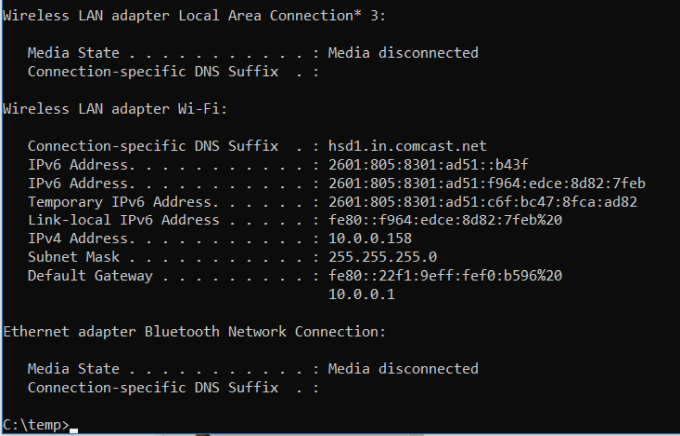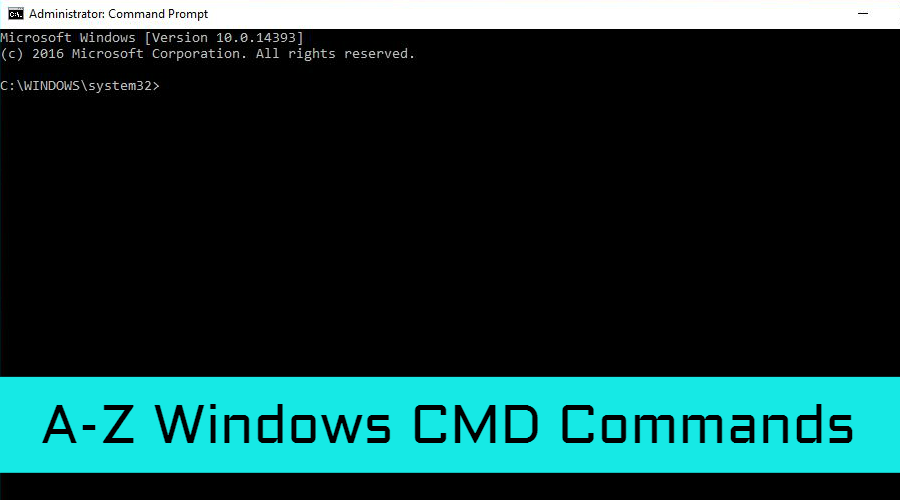

But how do you go backwards, or to a different part of the directory? Here are some tips on how to move around: So far, I showed you how to move "forward" through a directory. Now that's a whole lot easier than typing 😉 When you see the folder you want to change directory into, just press Enter. As you continue to press the Tab key each time, Windows will list one by one, each folder. This will list the folders (in the current directory). When you are using the cd command, instead of typing the directory name, press the Tab key on your keyboard. So here's a little trick I mentioned at the beginning of the article to make navigating a whole lot easier by typing less.
#Dos command prompt commands full#
if you know the full path, you can just type it at the prompt ( cd C:\Users\wtn\Documents\Updater). But, say you wanted to keep moving through the directory? To move into that directory, just type cd Documents at the prompt and press Enter.Īt this point you can use the dir command to list the contents of the Document folder. So, in your user directory, say you have a folder named Documents. To move around, we need to use the Change Directory command: cd Ok, now we can see where were at and the contents of the directory we are currently in. Tip: To view all available switch options that can be used, type dir /? at the prompt. To sort by date and time (oldest first) use: dir /OD.To sort by size (smallest first) use: dir /OS.To sort by name alphabetically use:Â dir /ON.

To sort, you need to use the switch /O (followed by how you want to sort) with the dir command. The dir command has many other options that you can use such as, sorting the contents of a directory alphabetically, by size, type, date, etc. To view the contents of the directory, simply use the Directory command by typing dir at the prompt and press Enter. Once the command prompt opens, take notice of the current direction location, which is your user directory.īefore you can navigate around, you need to be able to see what's inside the current directory. First, open up a command prompt by typing cmdin the Search bar on Windows 10, or clicking on Start \Run… and enter cmd in the run box on previous versions of Windows.


 0 kommentar(er)
0 kommentar(er)
